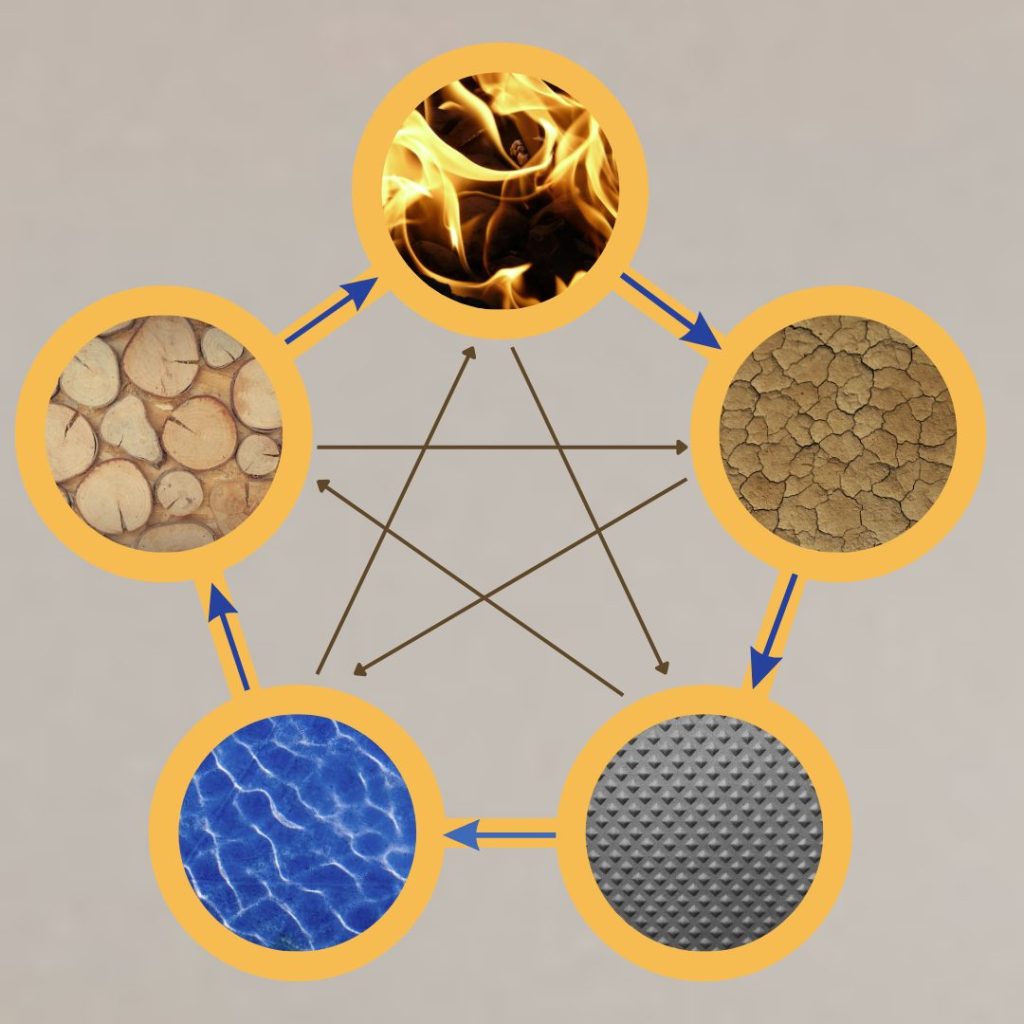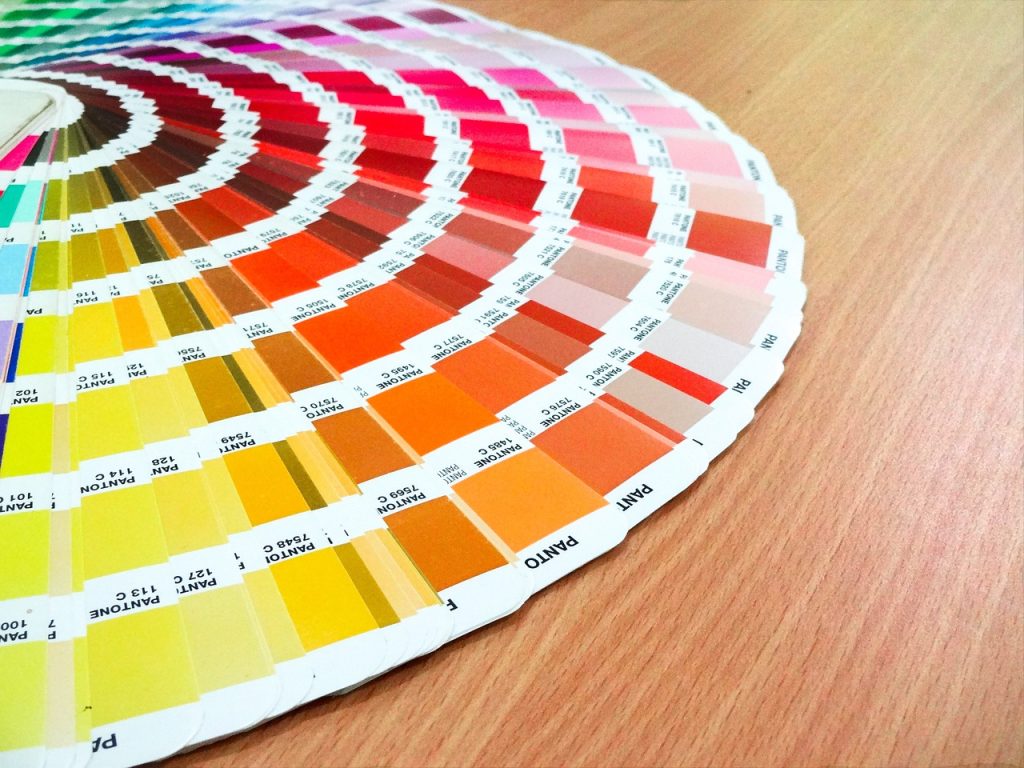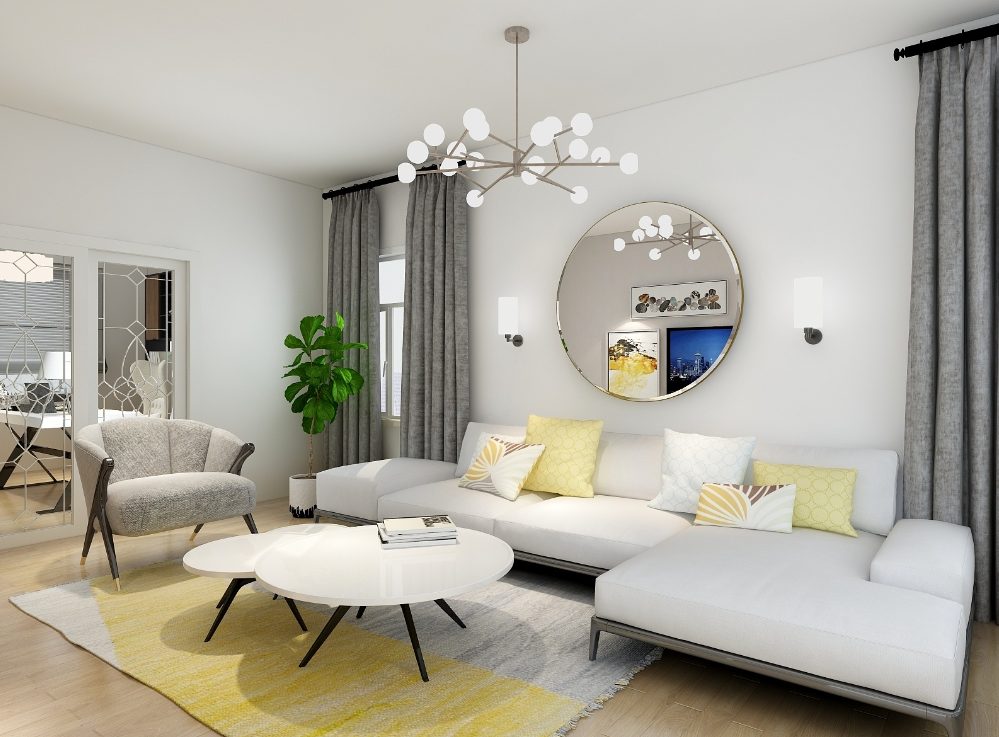When people think about interior design, they often focus on aesthetics—choosing the right colours, furniture, and décor to create a visually pleasing space. However, interior design goes beyond just beauty; it also influences how a space feels and functions. This is where Feng Shui and interior design meet. As the only interior designer in Adelaide who integrates both Feng Shui principles and modern interior design, I believe that harmonising energy flow within a space is just as crucial as making it look stunning.
What Is Feng Shui?

Feng Shui, an ancient Chinese practice, is all about creating balance and positive energy (Qi) in a space. It considers the placement of furniture, the orientation of a room, and the use of elements such as wood, water, metal, fire, and earth to promote harmony, health, and prosperity.
How Feng Shui and Interior Design Work Together
While traditional interior design focuses on functionality and aesthetics, Feng Shui adds another layer—energy flow. Here’s how these two disciplines complement each other:
1. Space Planning and Energy Flow
Both Feng Shui and interior design emphasize space planning, but Feng Shui ensures that furniture placement promotes a smooth energy flow. For example, in interior design, we might position a bed for comfort and symmetry, while Feng Shui suggests avoiding placing it directly in line with the door (known as the ‘coffin position’), as this can disrupt restful sleep.
2. Colour Psychology and Feng Shui Elements

Interior designers use colour psychology to create moods—blue for calmness, yellow for warmth, and red for vibrancy. Feng Shui takes this further by aligning colours with the five elements. For example, green (wood element) promotes growth and renewal, while black (water element) enhances clarity and focus.
3. Natural Light and Energy Activation
A well-designed space maximises natural light, improving both aesthetics and well-being. Feng Shui aligns with this by encouraging the strategic use of mirrors to enhance light and energy flow, avoiding placing mirrors directly facing the bed to prevent restlessness.
4. Decluttering and Positive Chi
Minimalism is a trend in modern interior design, but Feng Shui has always advocated decluttering. A clutter-free home allows Qi (energy) to flow freely, reducing stress and improving mental clarity. This principle aligns with contemporary interior styling, which values clean, open spaces.
5. Furniture Placement and Balance

Good interior design creates balance in a room, ensuring furniture is proportionate to the space. Feng Shui enhances this by ensuring that key furniture pieces, such as desks or sofas, have a ‘command position’—facing the entrance for a sense of security and control.
Why Feng Shui Interior Design Is a Game-Changer
By combining Feng Shui with interior design, I help clients create homes and offices that are not only beautiful but also support well-being, success, and happiness. Whether you are designing a new home, renovating, or decorating an office, integrating Feng Shui principles can enhance the flow of positive energy, making a space feel more inviting and balanced.
Work with an Interior Designer Who Understands Feng Shui
If you’re looking for an interior designer in Adelaide who understands the deeper connection between aesthetics and energy flow, I’d love to help. By incorporating Feng Shui into your home or office, we can create a space that not only looks incredible but also feels harmonious and uplifting.
